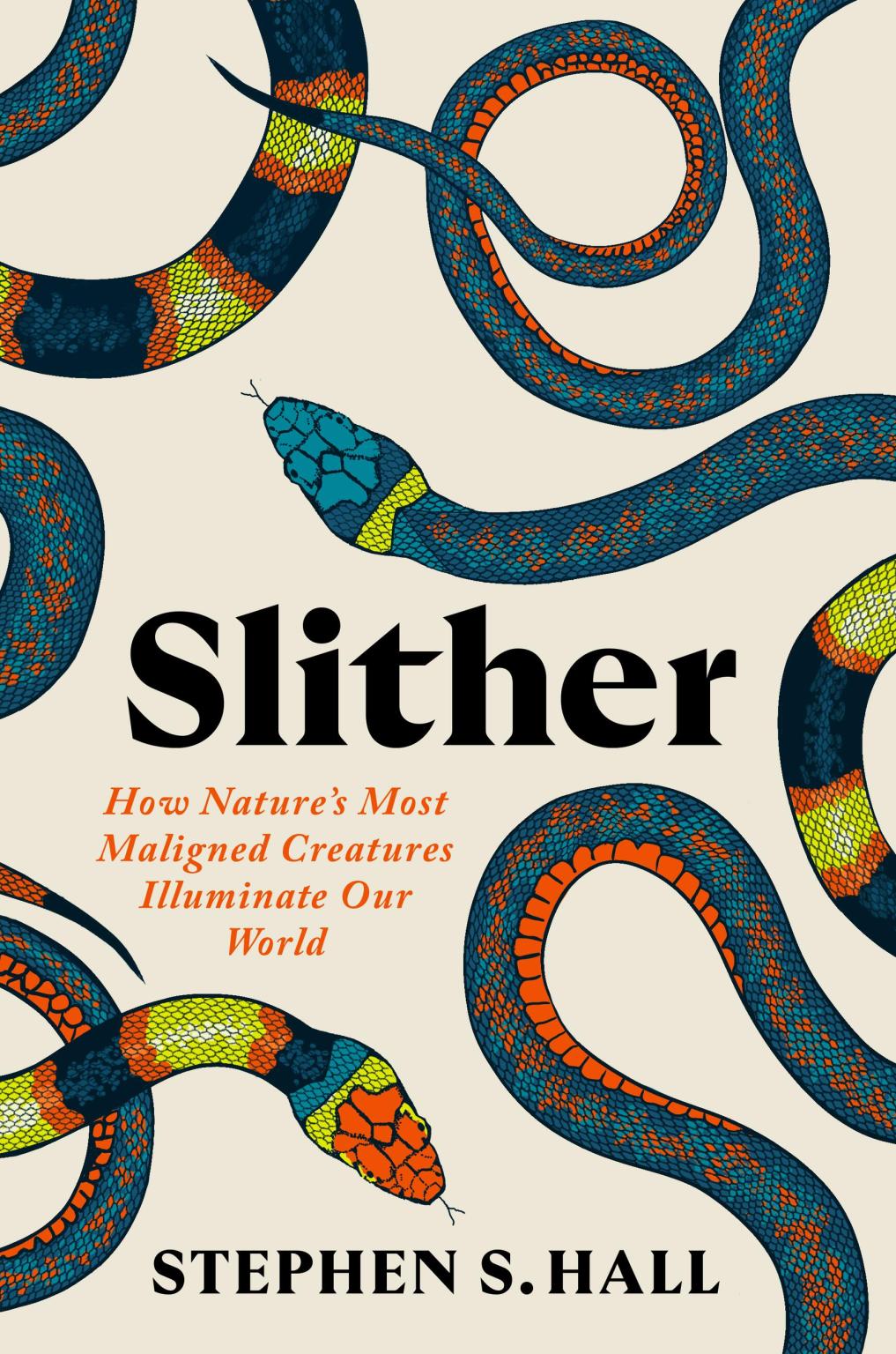Young Ben Franklin’s opinion of snakes in 1751 was not entirely positive, as is apparent in the concluding paragraph of the spicy dispatch from Americanus: “Rattle-snakes seem the most suitable returns for the human serpents sent us by our mother Country.” And “human serpents” persists as an all-purpose political insult; as recently as the 2024 election season, for example, former vice president Mike Pence was likened to a snake by a wary voter.
But in the two decades following the Americanus letter, images of a snake cropped up in many colonial publications, where it was understood to symbolize the need for unity. And Franklin’s view, equating human miscreants with squamates, apparently evolved over subsequent decades, because by the time of the American Revolution, he made an astonishingly good case that the rattlesnake would have been a more fitting symbol of strength and independence for the United States than the bald eagle.
This second invocation of the snake as metaphor took shape in Philadelphia late in 1775. The colonists wanted to intercept British naval shipments of arms to their troops, and young men were being recruited in the city to form naval units to accomplish this task. Franklin happened to notice that the image of a timber rattlesnake had been painted on the drum of one of the newly recruited marines marching through town, along with the legend “Don’t tread on me.” Soon thereafter, an anonymous contribution—signed “An American Guesser”—appeared in the pages of the Pennsylvania Gazette:
“The Rattlesnake as America’s Symbol.” Being the citizen-scientist he was, Franklin displayed a knowledge of reptile behavior in this much more famous essay, published on December 27, 1775. He understood that rattlesnakes (like all snakes) temperamentally prefer to avoid confrontation; their first line of defense is to slither off. But if perturbed or provoked, they will respond with a swift, painful, and potentially lethal response. Weaving that nugget of serpent behavior into political commentary, Franklin created one of the shrewdest metaphors in the history of American political rhetoric.
